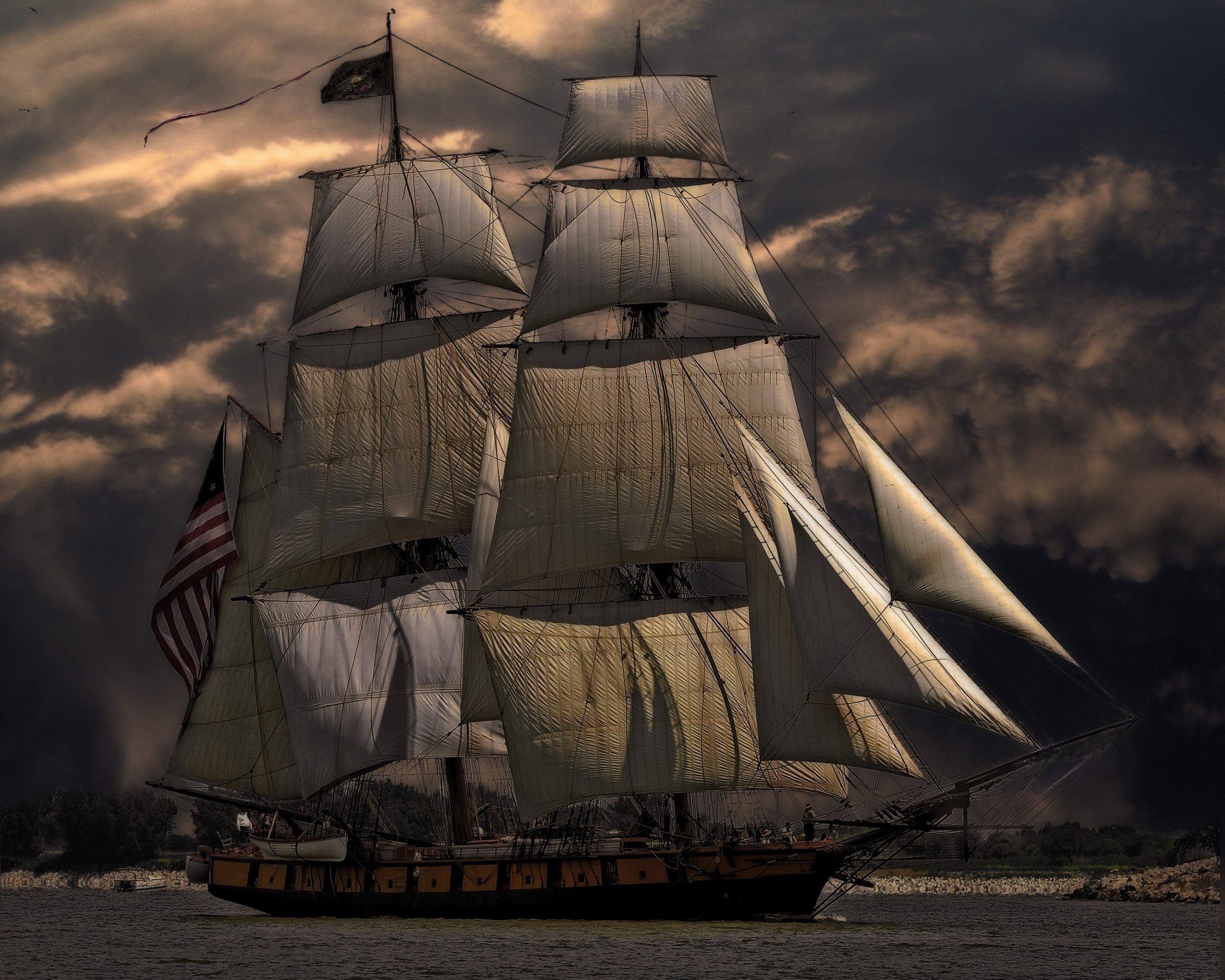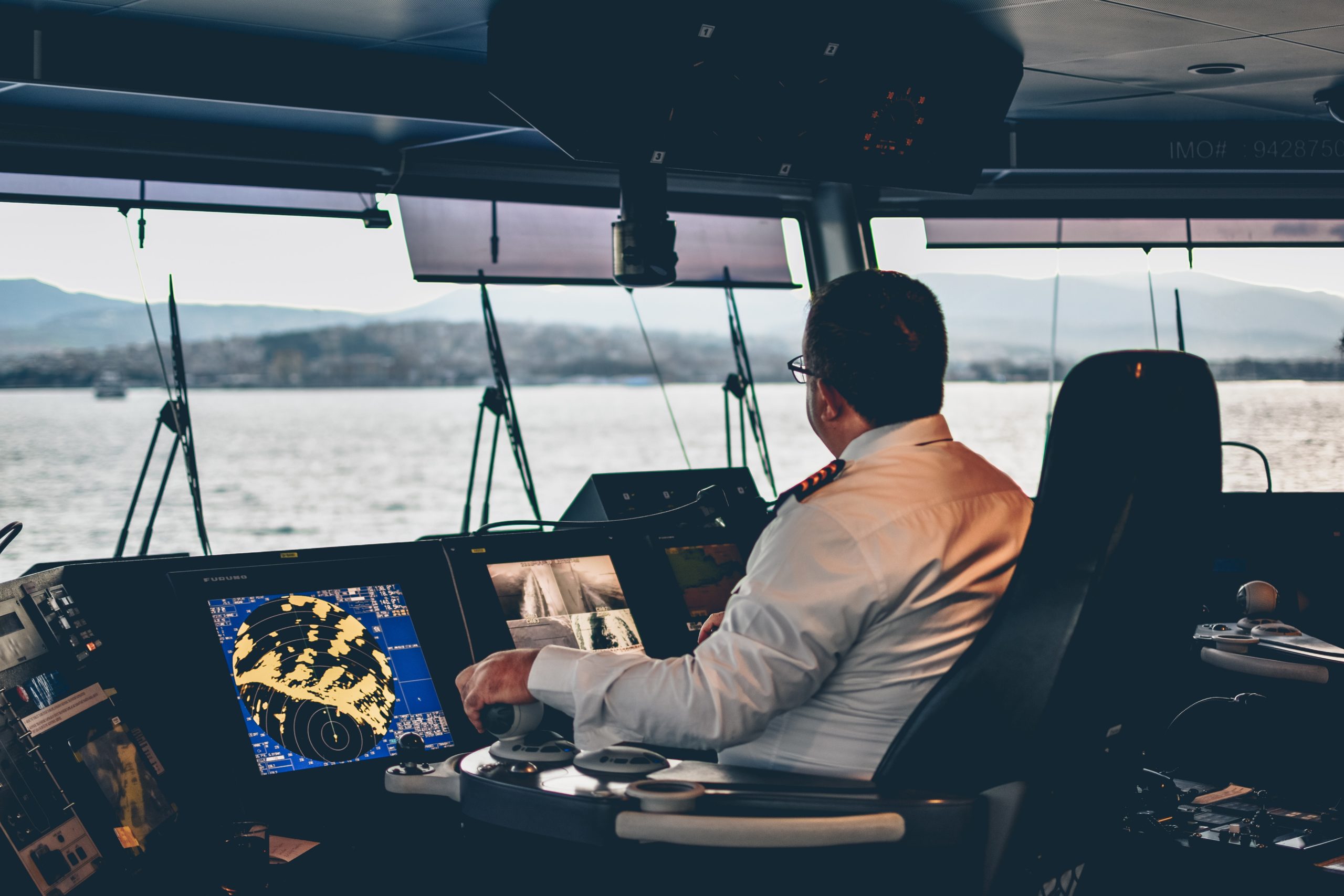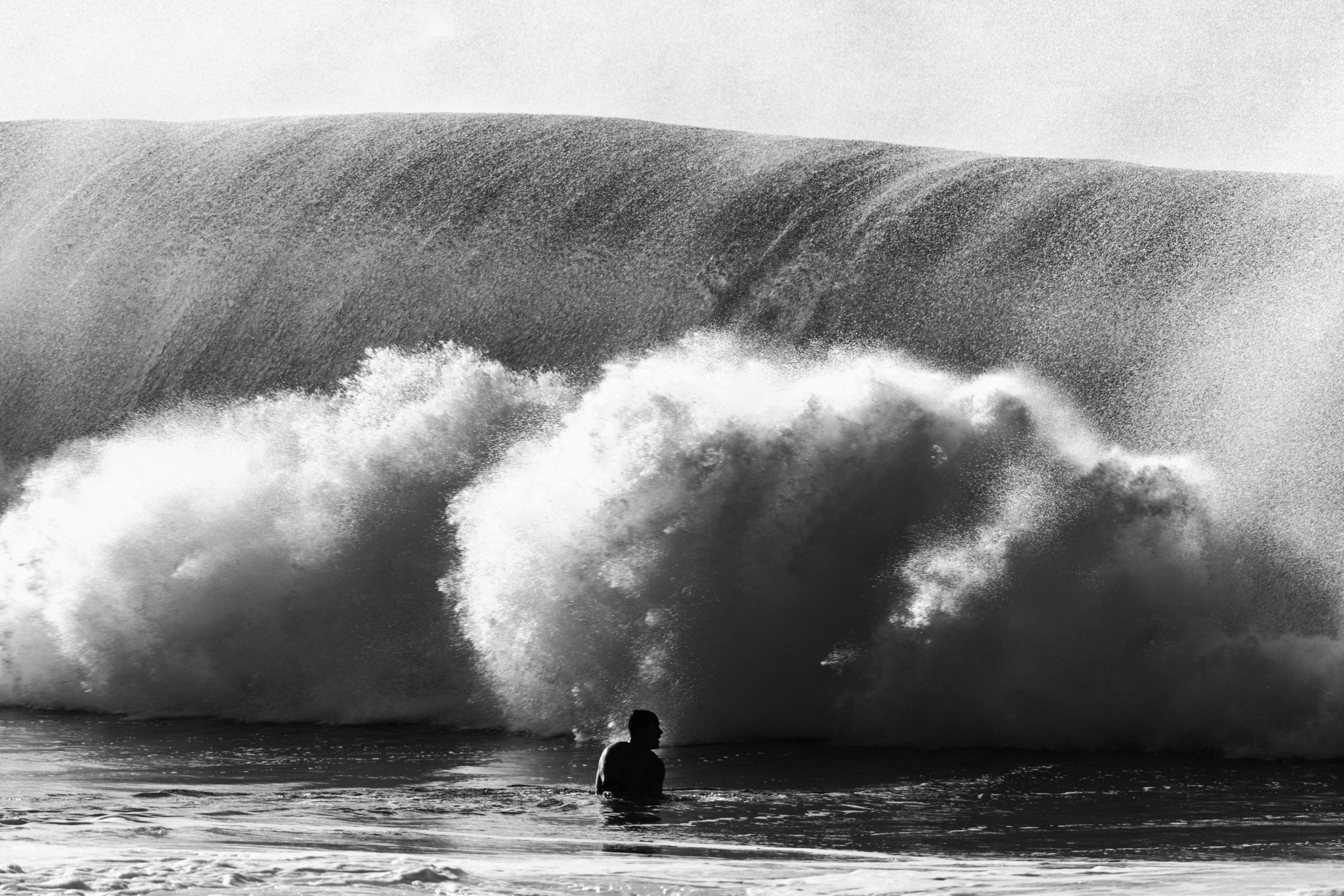Did This Marketing Move REALLY Cause The Sinking Of The Titanic?!
Before becoming one of the highest-grossing films of all time, it was a real-life disaster that claimed the lives of more than 1,500 passengers and crew members. That’s right—we’re talking about the RMS Titanic. Almost everyone knows the story of how this famed ship collided with an iceberg on her maiden voyage, sinking two-miles to the bottom of the Atlantic ocean. But could a pair of fatally flawed marketing moves be the real culprits in this century-old tragedy? Let’s find out!
Three Doomed Ships
In the early 1900s, ocean liners were among the most popular methods for moving both people and cargo worldwide. Numerous companies sprung up to build and maintain these massive ships, none more well known than White Star Line. These shipping tycoons needed to design and develop more extensive and luxurious vessels and outdo each other to stay ahead.
White Star Line’s biggest competitor, Cunard, was making headlines with ships like the Lusitania and the Mauretania—which were the fastest passenger ships in service at the time. In response, White Star embarked on a massive undertaking: designing and building a trio of the most gargantuan steamboats on the high seas. These sister ships, Brittanic, Olympic, and the soon-to-be infamous Titanic, all suffered tragic collisions, with two of them coming to their final rest on the seafloor. However, before their untimely demises, they were hailed for their seemingly impossible size and lavish finishings.
The Olympic launched before her sisters in 1911 and initially served as a troopship during World War I, while Brittanic acted as a hospital ship. And the Titanic? She was known as The Ship Of Dreams.
With style akin to contemporary high-class hotels—like the Ritz Carlton—this lauded vessel boasted such deluxe amenities as a seven-foot deep swimming pool, a gymnasium, squash courts, fancy Turkish baths, steam rooms, massage parlors, and lounges designed in the style of the Palace Of Versailles. Yet, despite all these bells and whistles, the ship’s passenger manifest was surprisingly empty in the months leading up to her fated maiden voyage. After sinking £1.5 million (or more than $200 million in today’s money) into this Unsinkable Ship, White Star Line needed to fill every cabin on board to turn a profit. So, with the launch date looming, the company made the first in a series of critical marketing maneuvers that may have cost more than a thousand people their lives. What was this move? It was naming EJ Smith the ship captain.
A Captain With A Checkered Past
Captain Smith had been with White Star Line since 1880, joining the fleet of giant ocean liners as a 30-year-old master with experience in the Royal Naval Reserve. But, despite his decorated history, Smith proved to be a less-than-stellar seaman. While employed by the renowned shipping company, he oversaw multiple collisions, including one on Titanic’s sister, the Olympic. So if he had such a sordid history with crashes, why was he named captain? Simple—to fill all those empty staterooms.
You see, Smith was very popular among royals and otherwise elite members of society, earning himself the nickname of Millionaire’s Captain. The people in charge at White Star Line knew that having him take control of the bridge for Titanic’s maiden voyage would attract quite a few wealthy passengers, and soon after the announcement, tickets started selling fast for the Ship Of Dreams.
As captain, Smith had the privilege of selecting his crew, and he chose members he’d worked with previously—most notably, many men who were under his command when he crashed the Olympic. Since Titanic was deemed unsinkable by the press, this decision didn’t seem like a bad idea. But, with hindsight being 20/20, historians wonder if his choice had dire consequences. While naming EJ Smith captain played a part in this illustrious vessel’s demise, it wasn’t the only choice contributing to her sinking. What else factored in? It was a desire to make headlines that ultimately led to tragedy.
Full Speed Ahead Through Dangerous Waters
Joseph Bruce Ismay was an English businessman who served as the White Star Line managing director and was aboard the Titanic when she struck the infamous iceberg. After the sinking, many people blamed him, primarily because he intended to make headlines at any cost. Sure, the sister ships were the largest and grandest at sea, but Cunan’s vessels were still the fastest. Ismay knew that to keep up with competition, Titanic needed to arrive at her destination ahead of schedule, so he pressured Captain Smith to run the engines at full steam, barreling into the night at 22 knots.
Typically, this pace wouldn’t have been a problem, but Smith was also receiving warnings from nearby ships of dangerous ice fields in their path. Most ocean liners in the area decided to stop for the night to avoid colliding with any icebergs on this moonless night. Still, Titanic stayed on course, determined to reach her intended port at break-neck speed. So, a collision-prone captain decided to continue speeding through the darkness in dangerous waters with thousands of people aboard.
Then—well, you know how the story goes, right? At approximately 11:40 PM, ship time, while Captain Smith was resting in his quarters, the Unsinkable Ship collided with an iceberg, punching a series of holes into her starboard side and flooding too many compartments for her to stay afloat. In a little over two hours, the massive vessel was sitting on the bottom of the Atlantic ocean, where she remains today.
How Does This Apply To Marketing?
Are you now sitting there wondering what any of this story has to do with marketing? Don’t worry! There’s a SAMA Labs lesson in all of this. Regular readers of this blog have probably figured out what we’re driving at by now. So what’s the deal?
First, it’s essential to be discerning with our campaigns. Roll the tapes forward in your mind and ask yourself if there might be any devastating consequences to your choice as a brand owner. Will it be more costly than you can manage? Will you be targeting the wrong audience? Don’t metaphorically hire the Millionaire’s Captain to fill empty cabins in your ocean liner if he’s got a reputation for crashing boats.
Secondly, while it’s never a bad idea to keep an eye on what your competitors are doing, it shouldn’t be the sole driving force behind your decisions. As we’ve said before, it’s better to be a real brand than a cool brand. Your strengths and weaknesses as a company—the characteristics that make your business unique and authentic—should be what propels you forward.
In Titanic’s case, White Star didn’t also need to have the fastest fleet just to outdo Cunan when they already had the largest and most luxurious ships. Their strength was in their amenities and capacity load. Instead of trying to catch up to the other ocean liners in pace, they could have been some of the first disruptors to pioneer vacation cruising, years before it became popularized.
So, what’s the bottom line here? Always be authentic and make wise campaign choices, not desperate grasps to get behind your competitors like a me-too brand. And remember–when you need help getting marketing done the right way, to reach out to the experts here at SAMA Labs who are always ready, willing, and able to help you reach success!









